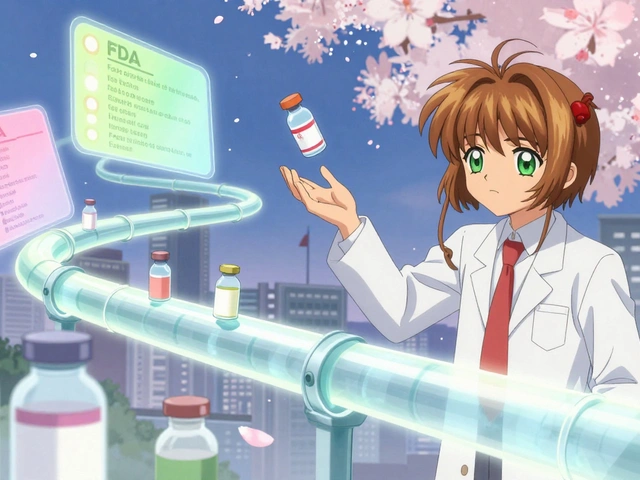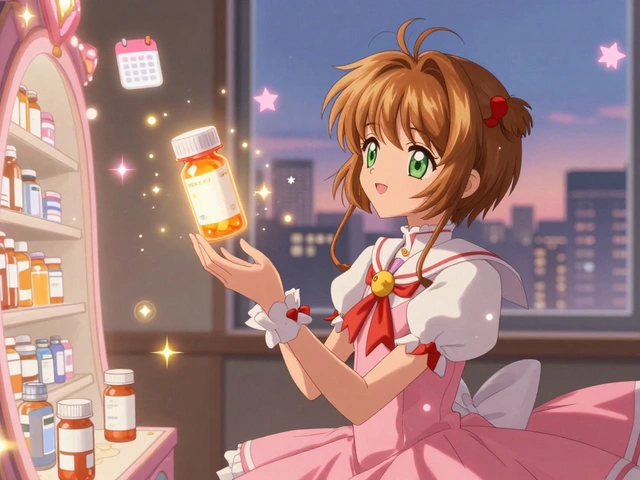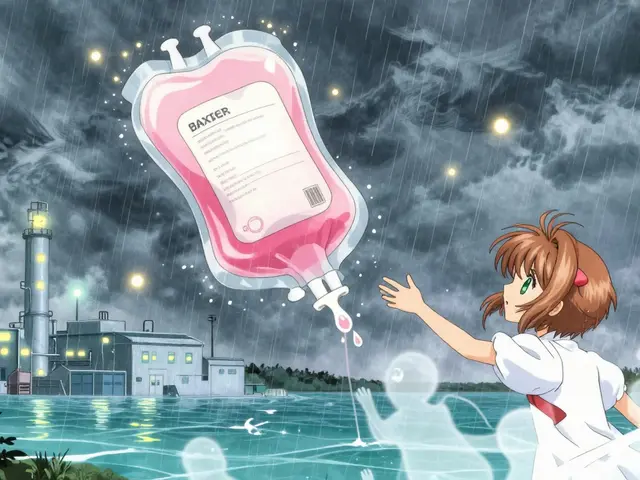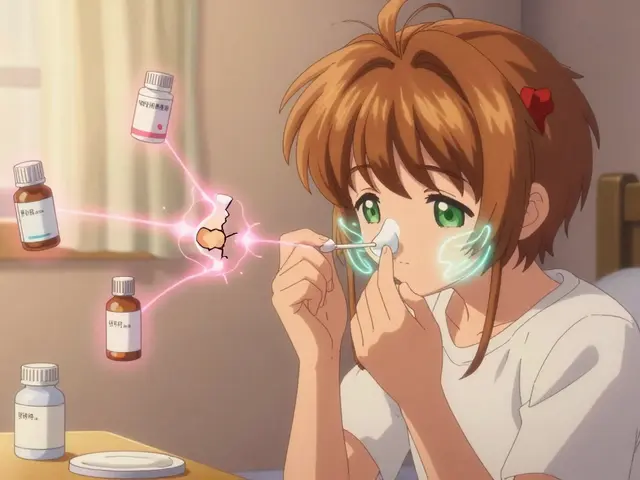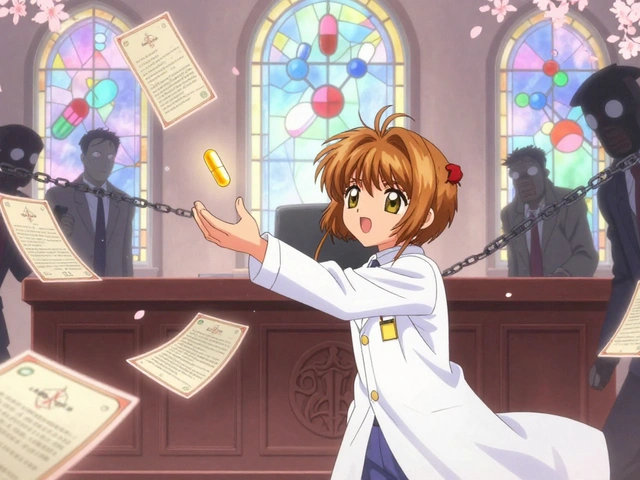Blood pressure: practical tips, meds, and when to act
High or low blood pressure can catch you off guard. This page gathers clear, useful advice on managing blood pressure, what medicines do, common side effects, and when to call your doctor. You’ll find tips you can use today and links to deeper reads on specific drugs and issues.
Start by checking numbers. A single reading doesn’t tell the whole story, but repeated readings above 130/80 mmHg usually mean your doctor will want to act. Home monitors vary—pick a cuff that fits your arm, sit quietly for five minutes before measuring, and take two readings one minute apart. Log the readings and share them with your clinician.
Small daily changes move numbers. Cut back on salt by choosing fresh foods and reading labels. Aim for 30 minutes of moderate exercise most days—fast walking or cycling works. Keep alcohol to a minimum and stop smoking. Losing even 5% of body weight can lower blood pressure for many people.
Know how common medicines affect you. Calcium channel blockers like nifedipine relax blood vessels but can cause tiredness or swelling; the article "Nifedipine and Fatigue" explains practical fixes. Beta blockers such as propranolol lower heart rate and pressure, but some people prefer other options—see "6 Alternatives to Propranolol" for choices and trade-offs. If you take multiple drugs, watch for interactions and ask your pharmacist to review your list.
When symptoms matter. High blood pressure often has no symptoms, but severe increases can cause headaches, vision changes, or chest pain. Low pressure may make you dizzy or faint. If you have sudden chest pain, severe shortness of breath, sudden weakness, or a severe headache, get emergency care.
How to work with your clinician. Bring a log of home readings, a list of meds, and a note about side effects. Ask about realistic targets for you—targets can differ by age and other conditions. If a drug makes you too tired or causes other issues, ask about alternatives; the site has several articles comparing medications and side effects to help that conversation.
Lifestyle and medicines together give the best results. Diet, exercise, and sleep reduce the doses you need and lower risks from long-term treatment. Regular checkups matter—blood pressure that looks controlled today can change over months.
Further reading and tools. We link to detailed guides on drug safety, buying meds online safely, and practical management tips for conditions that affect blood pressure. If you're looking for specific advice about nifedipine, propranolol, or medication alternatives, try the related posts listed on this page.
If you're unsure about any test result or side effect, call your healthcare provider. Quick questions can prevent small problems from becoming emergencies.
Practical checklist: keep a home monitor, record date/time and activity before reading, bring a current med list to appointments, ask about side effects like dizziness or swelling, and review kidney function and electrolytes yearly if you're on multiple blood pressure drugs. If you shop online for meds, use reputable pharmacies and confirm prescriptions—our guides on buying meds online show what to check today.
Toprol: Uses, Side Effects, Dosage, and Patient Guide
Toprol, better known by its generic name metoprolol, is one of the most prescribed beta-blockers for managing high blood pressure, chest pain, and heart problems. This article breaks down what Toprol does, how it works, common side effects, tips for safe use, and crucial advice every patient should know. Learn to spot potential problems and get practical guidance on daily management. Perfect for anyone prescribed Toprol or those caring for someone who is. Straight-talking, science-backed, and easy to understand.


